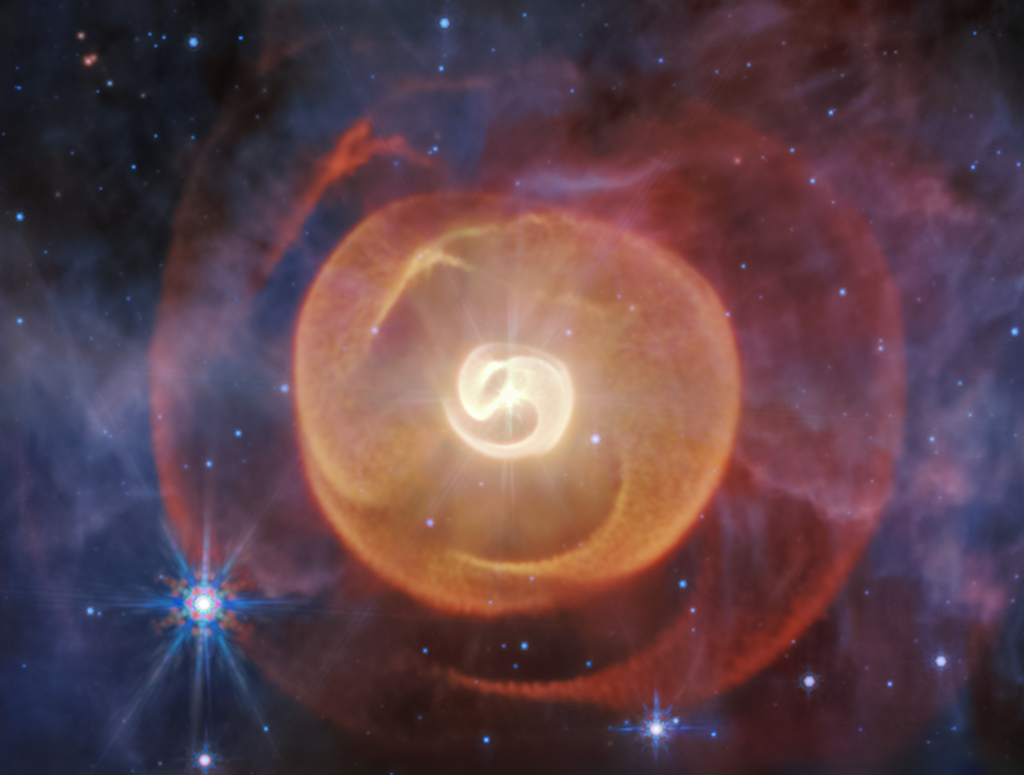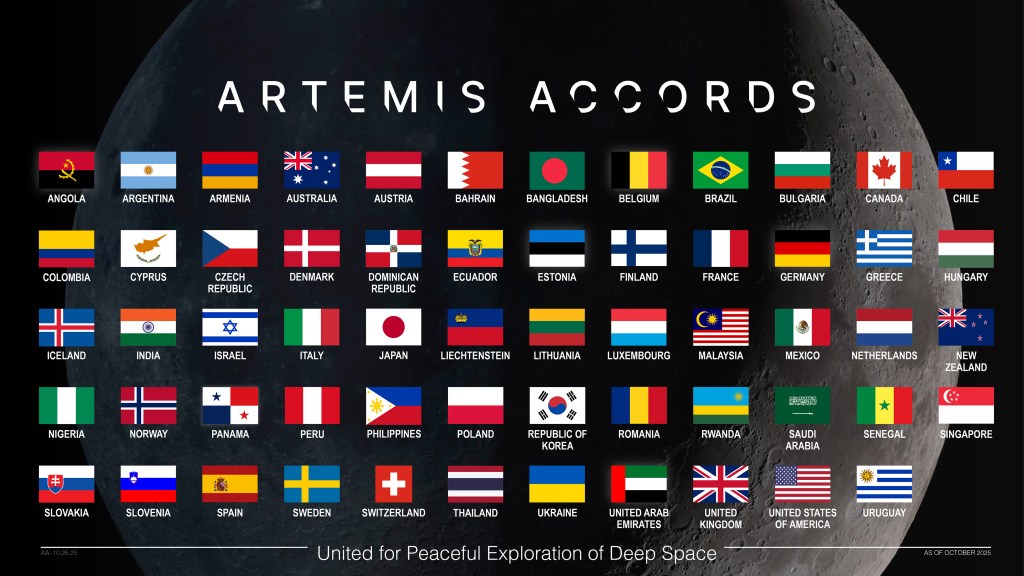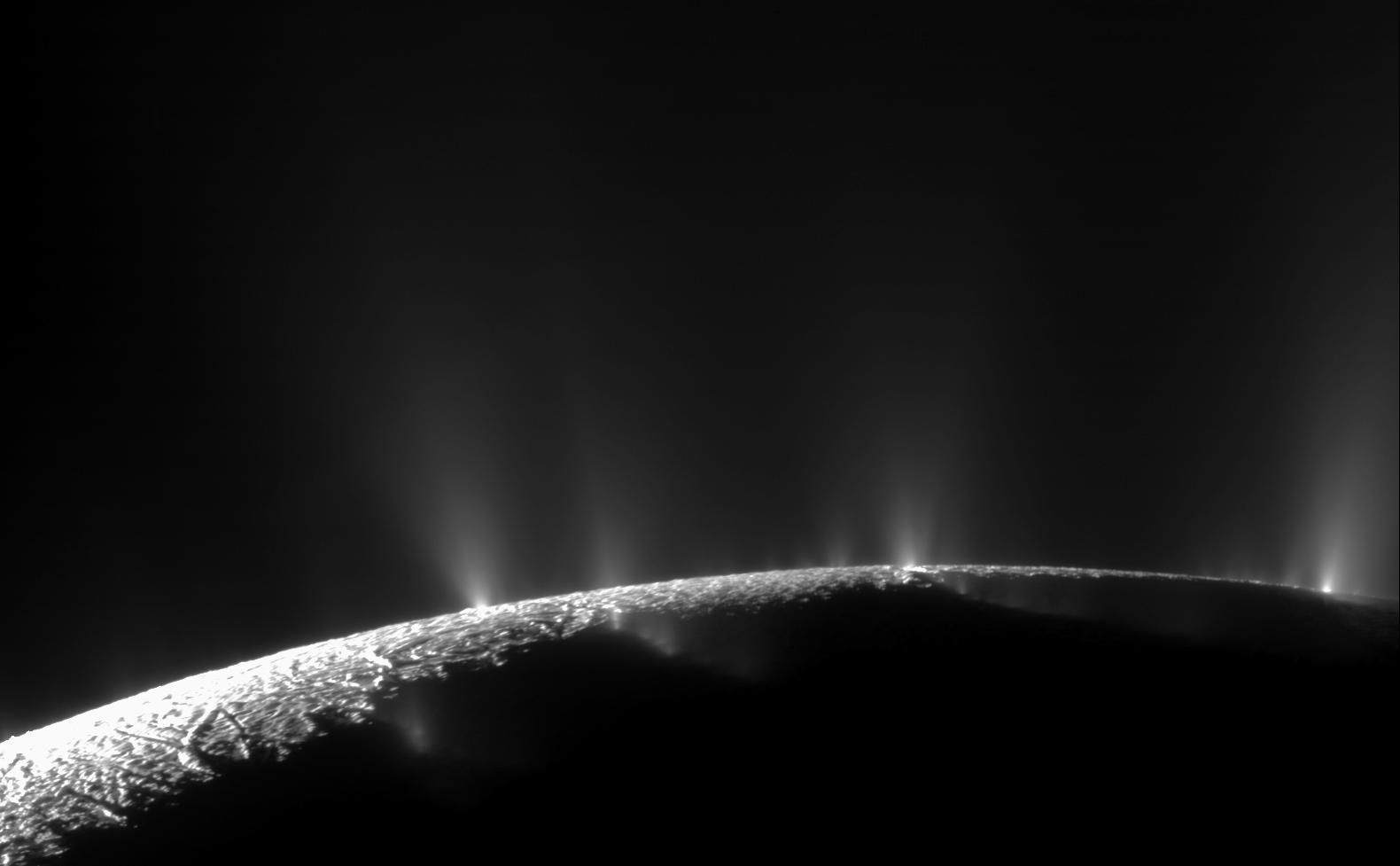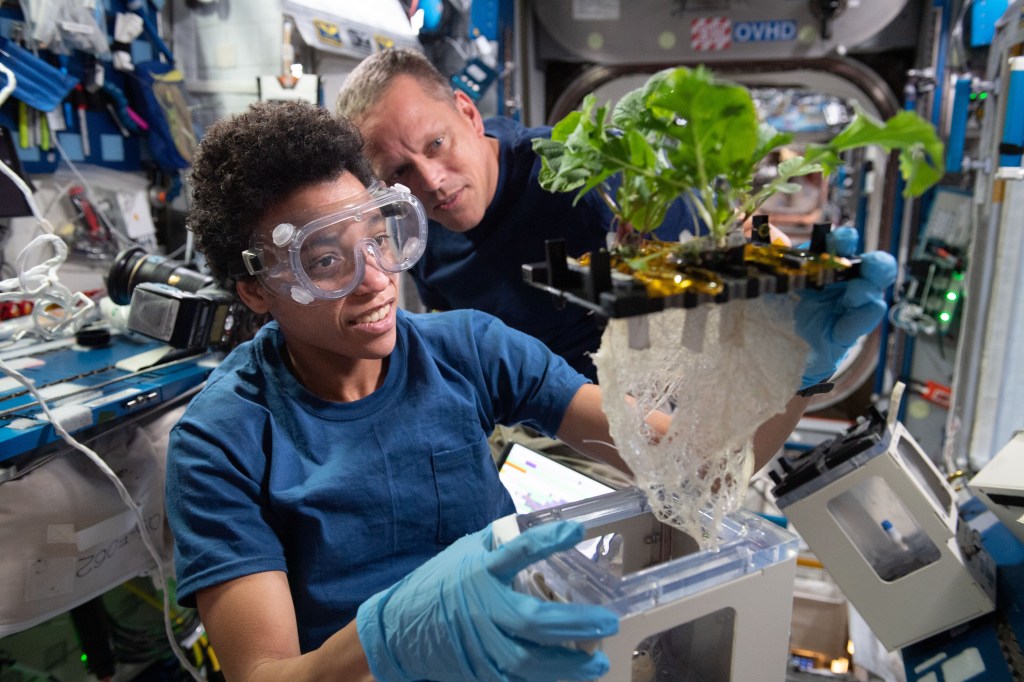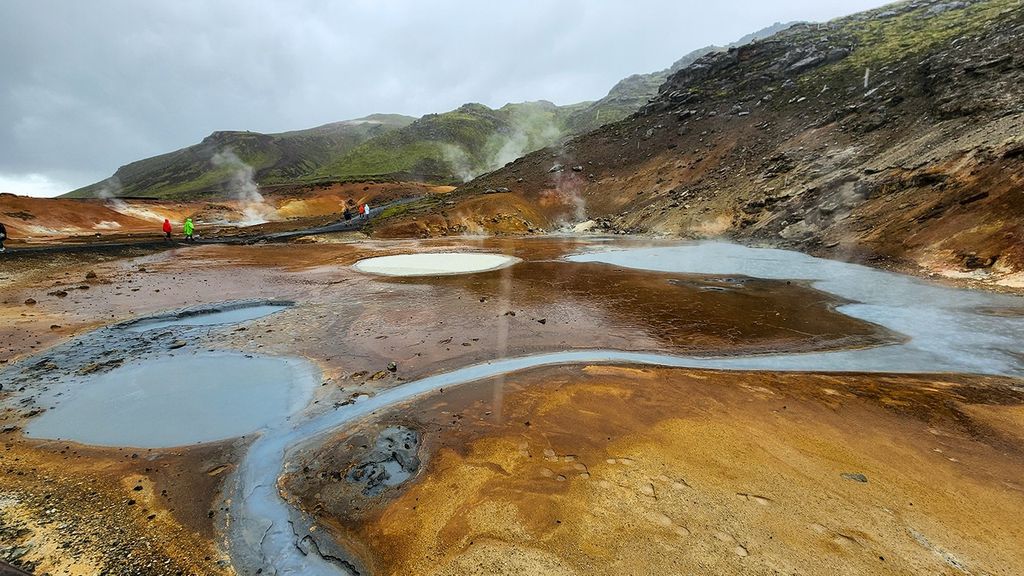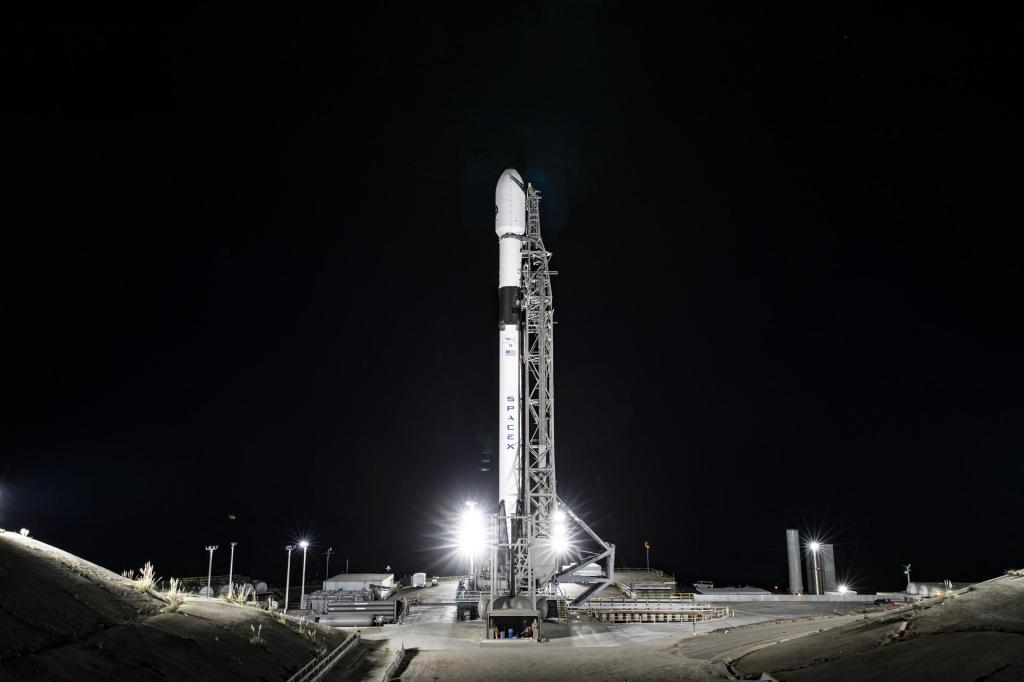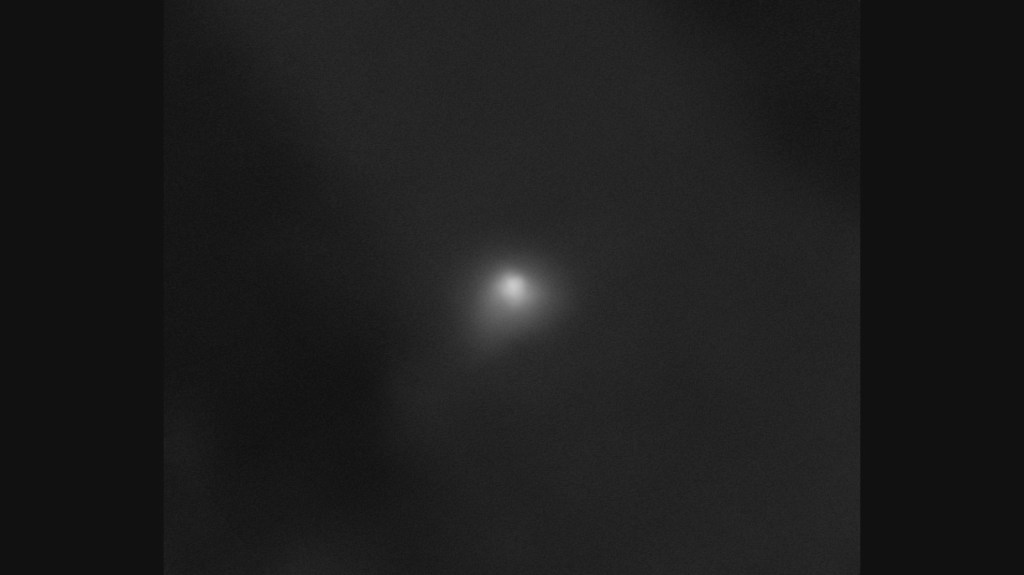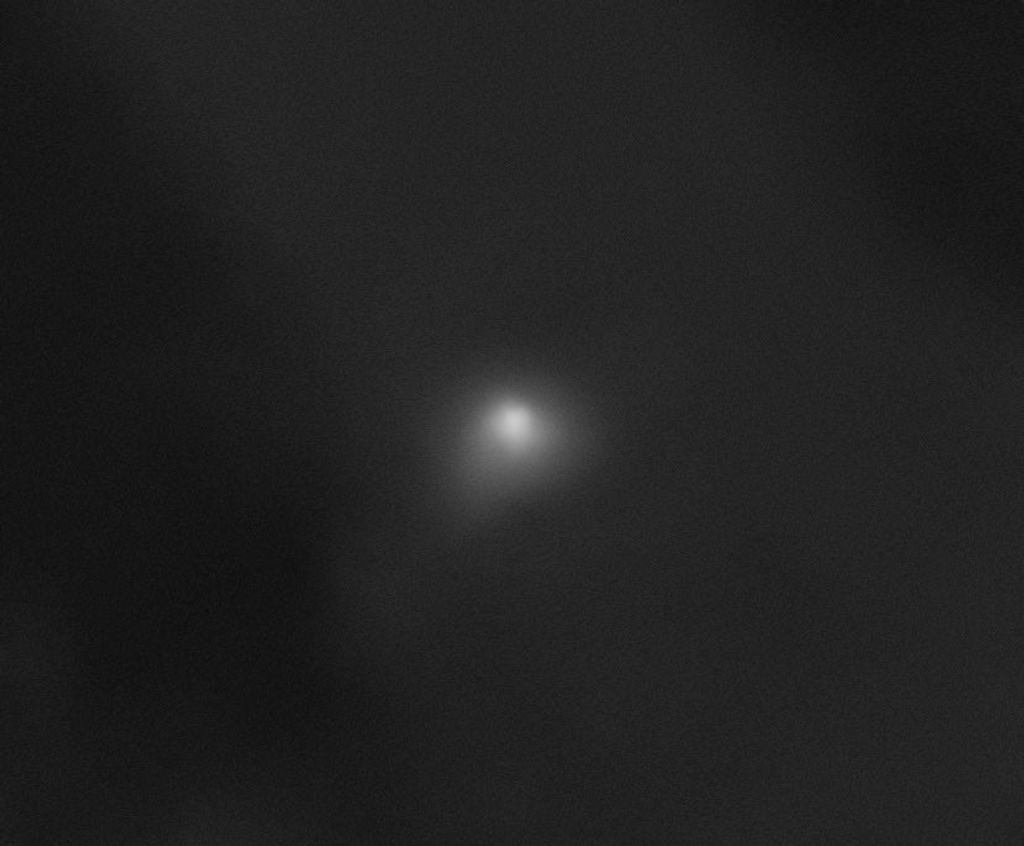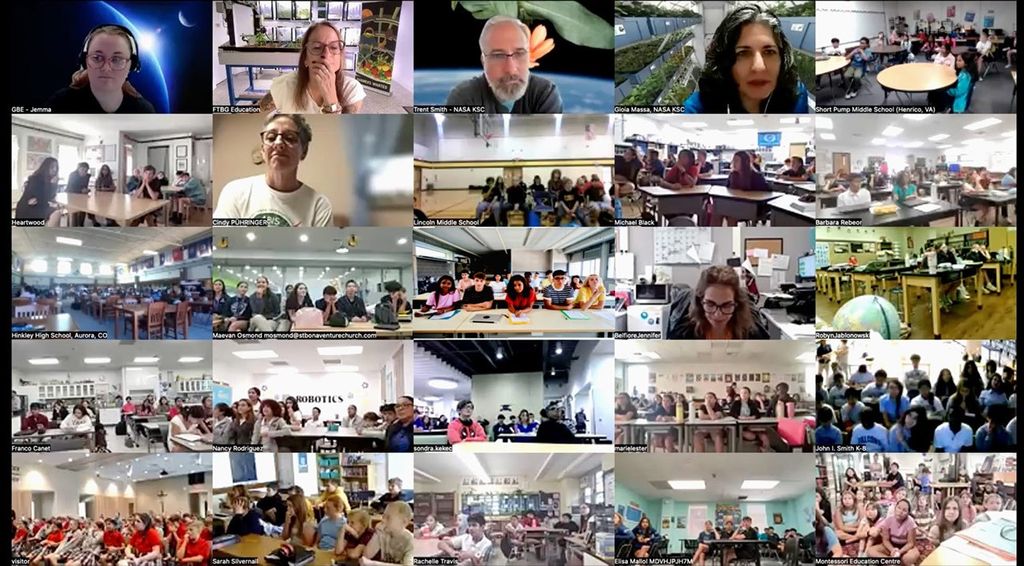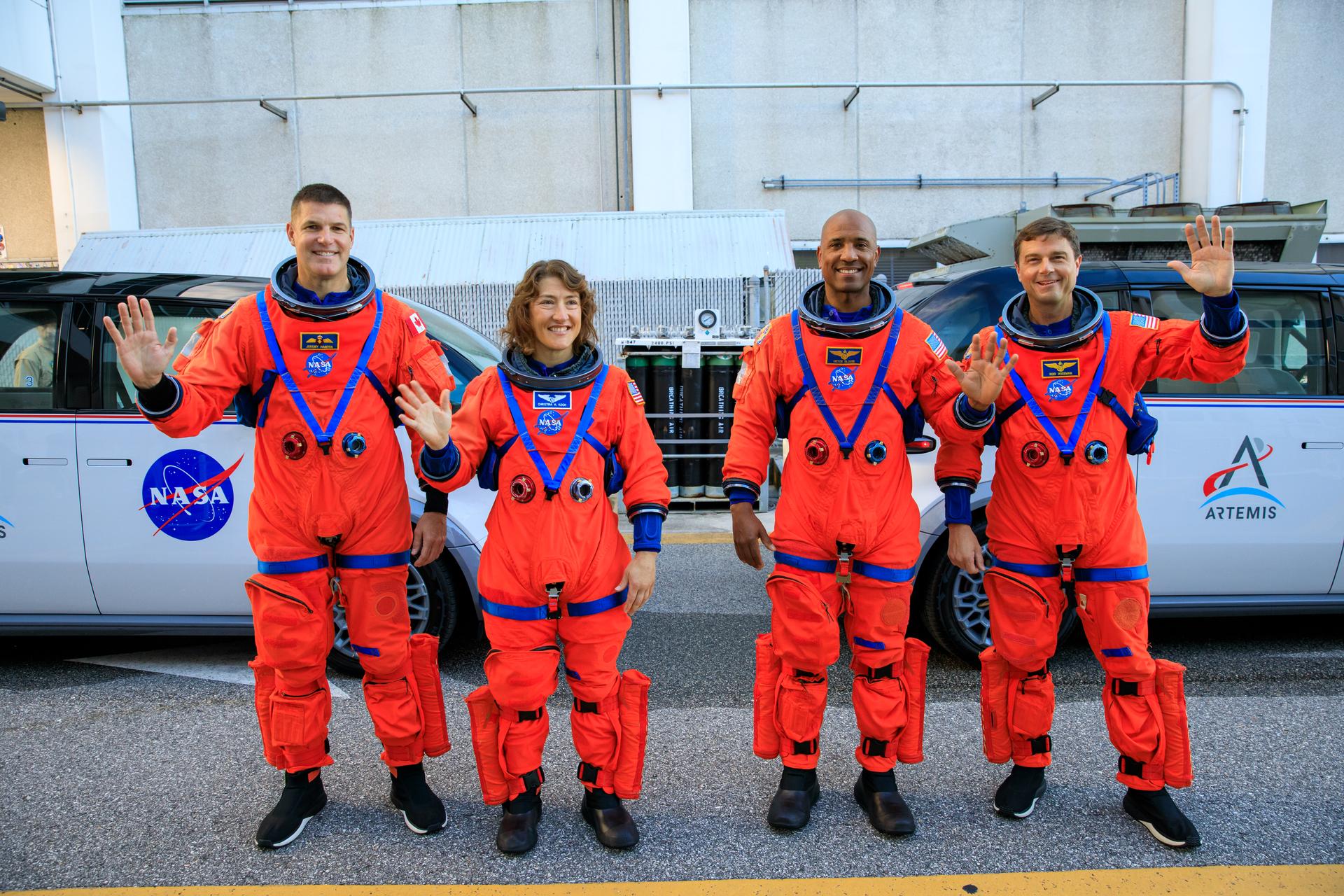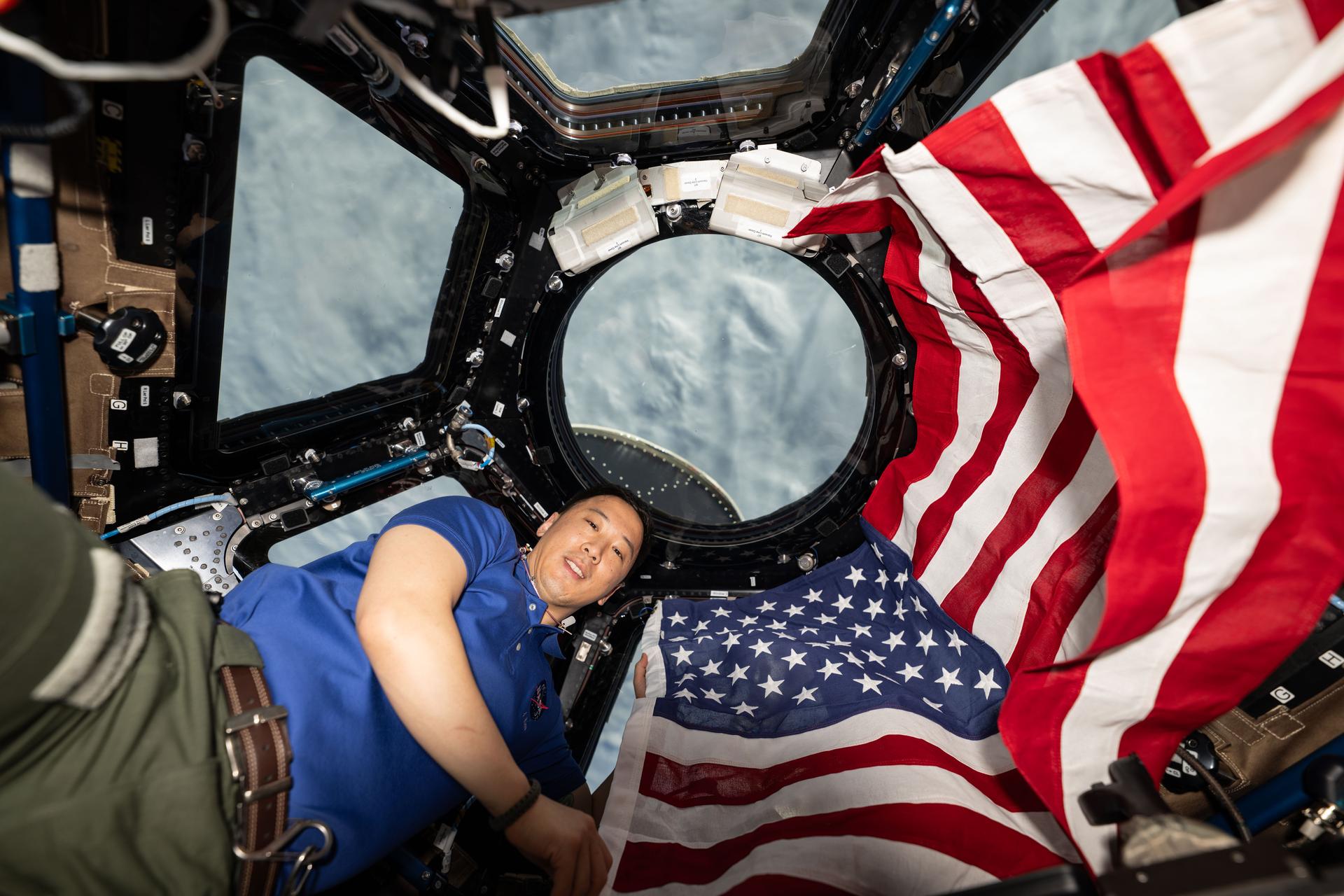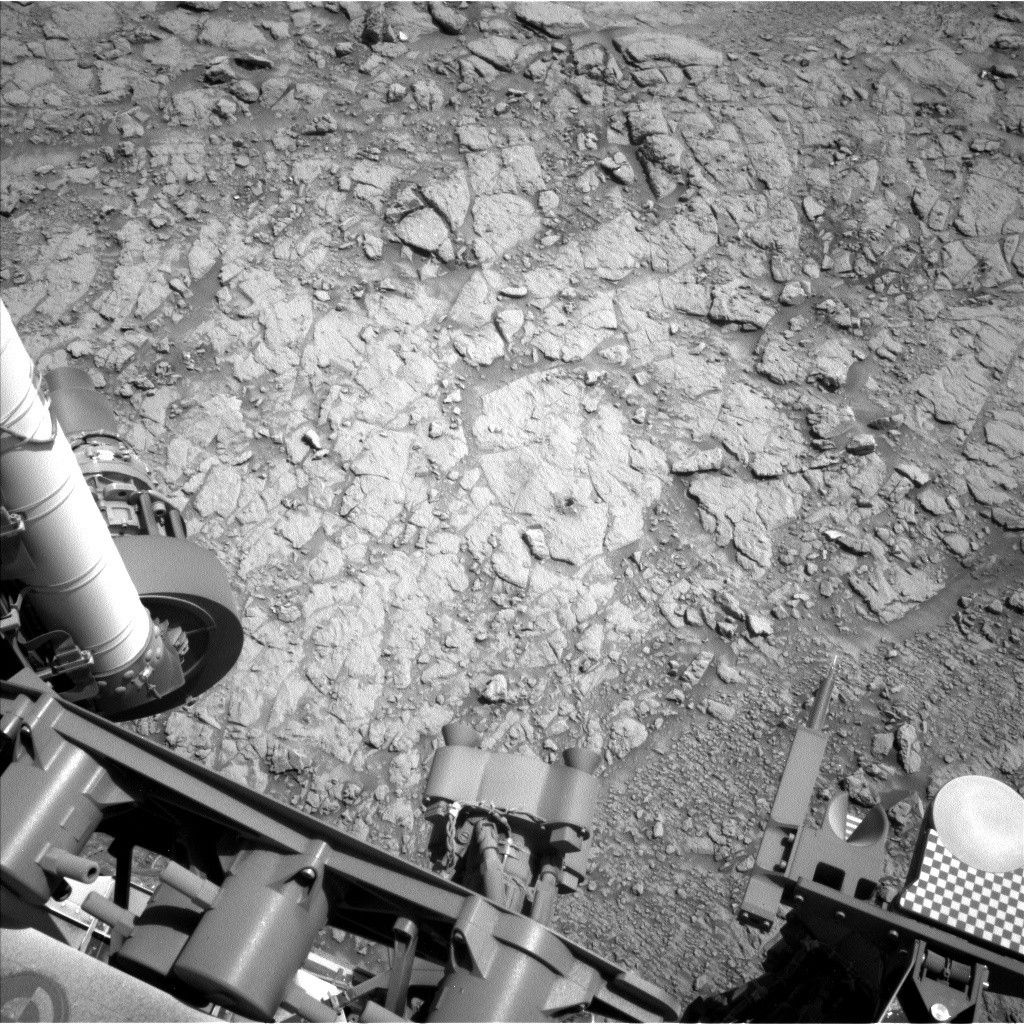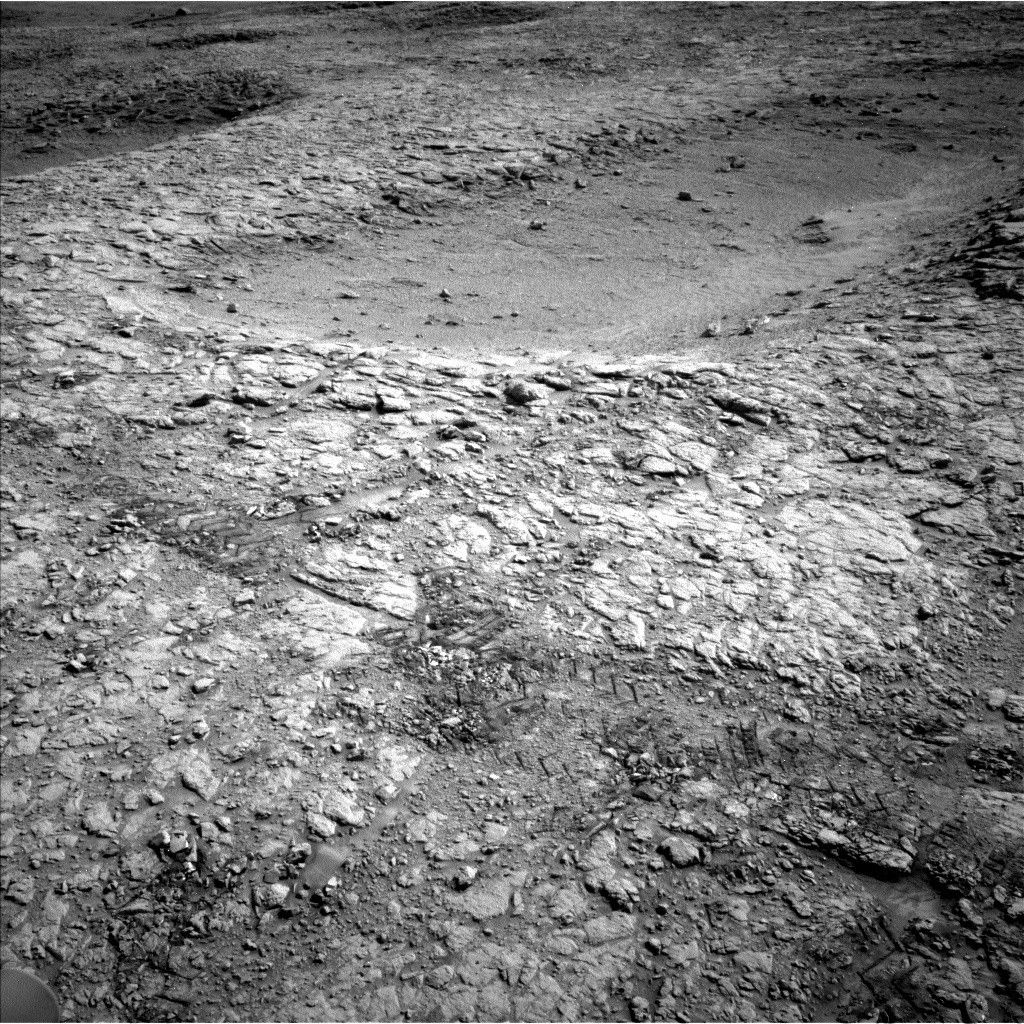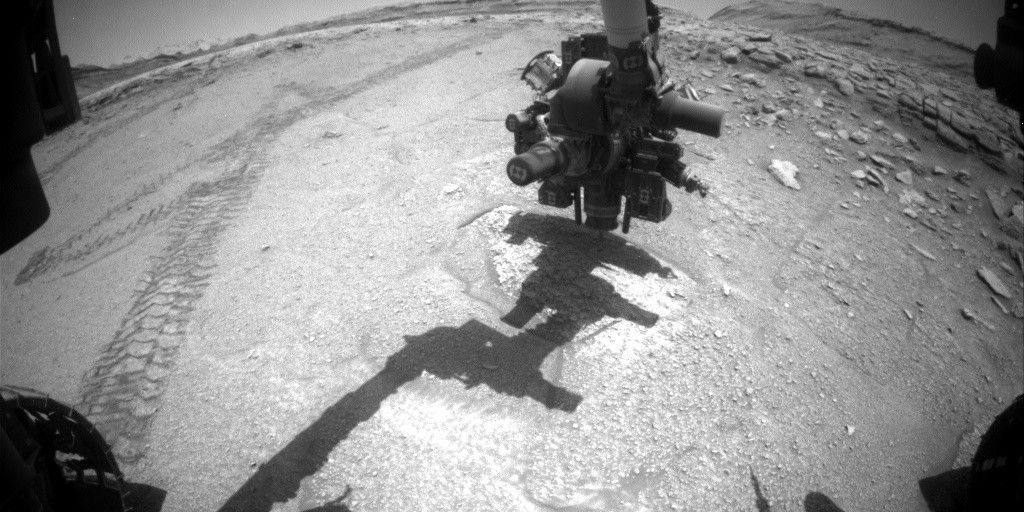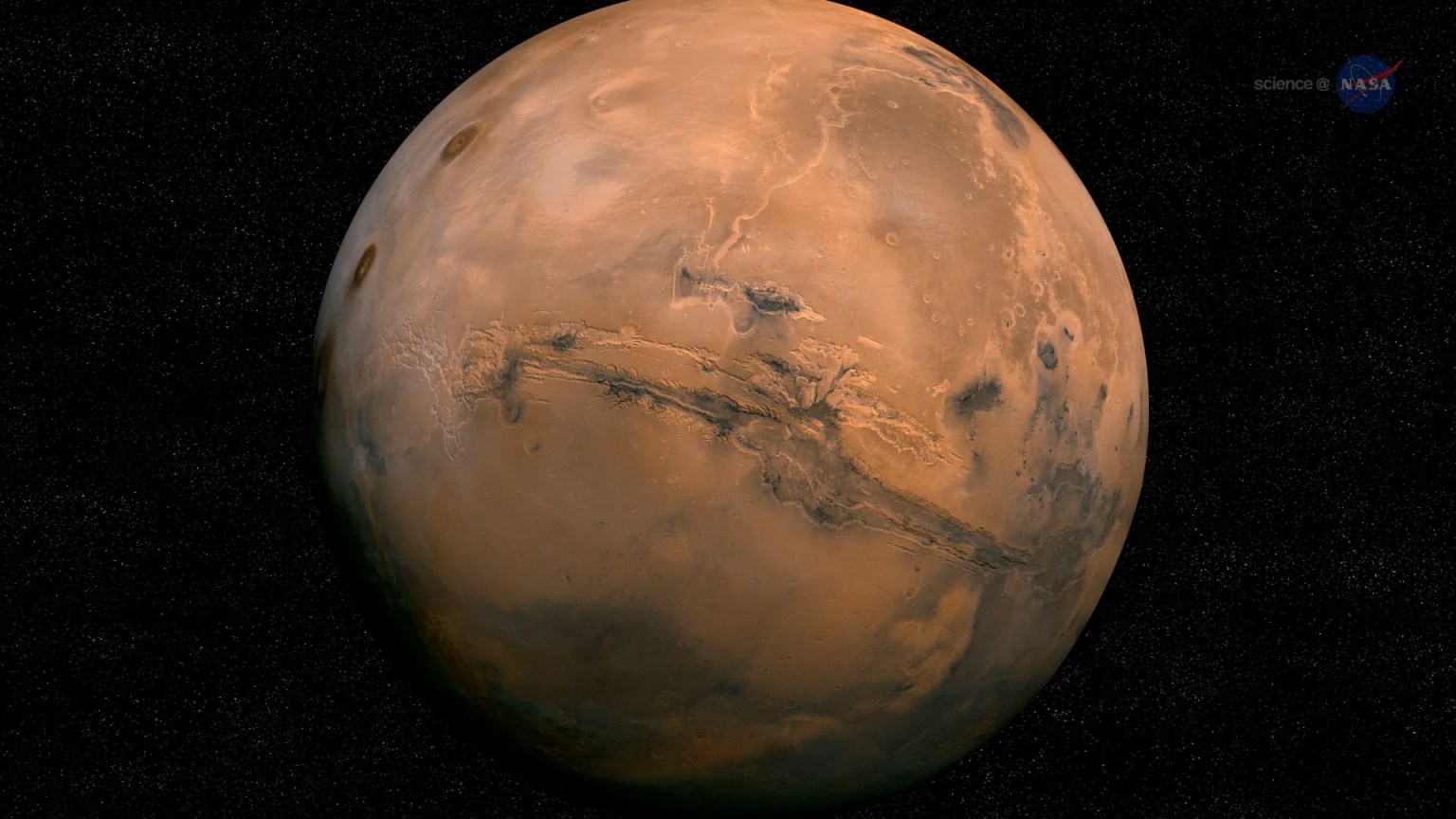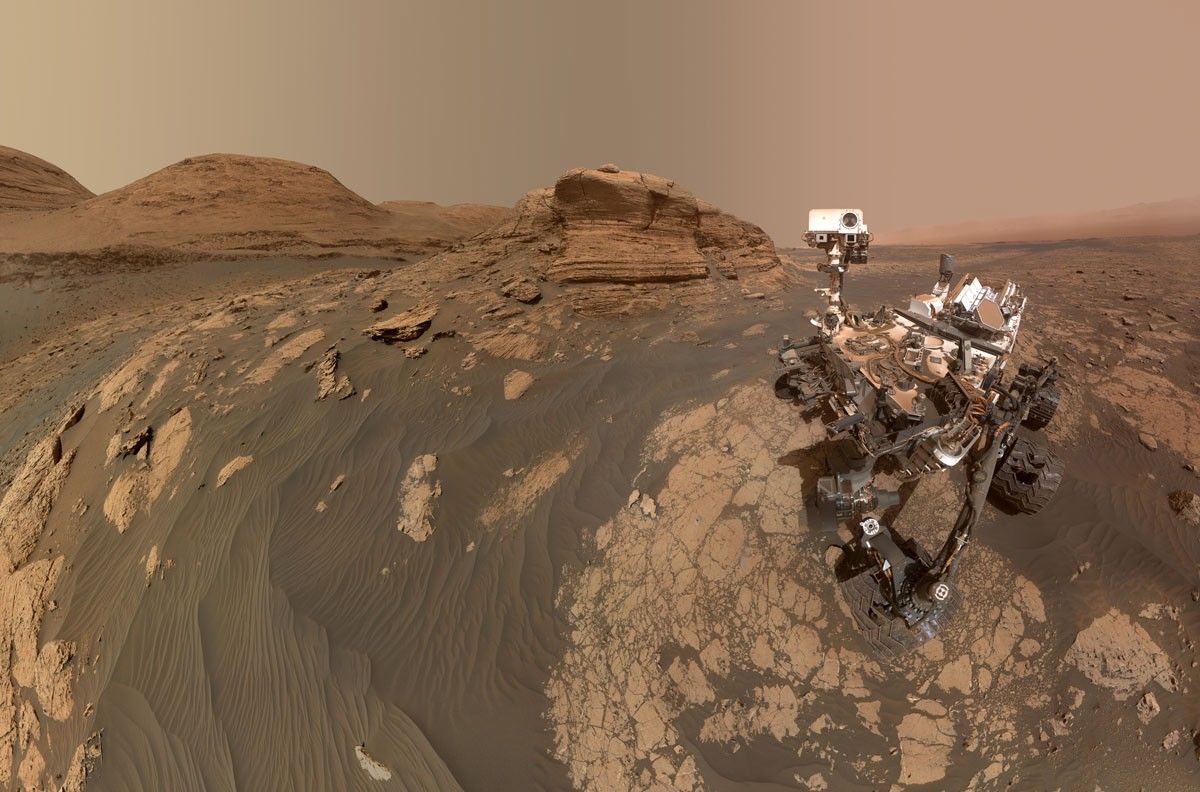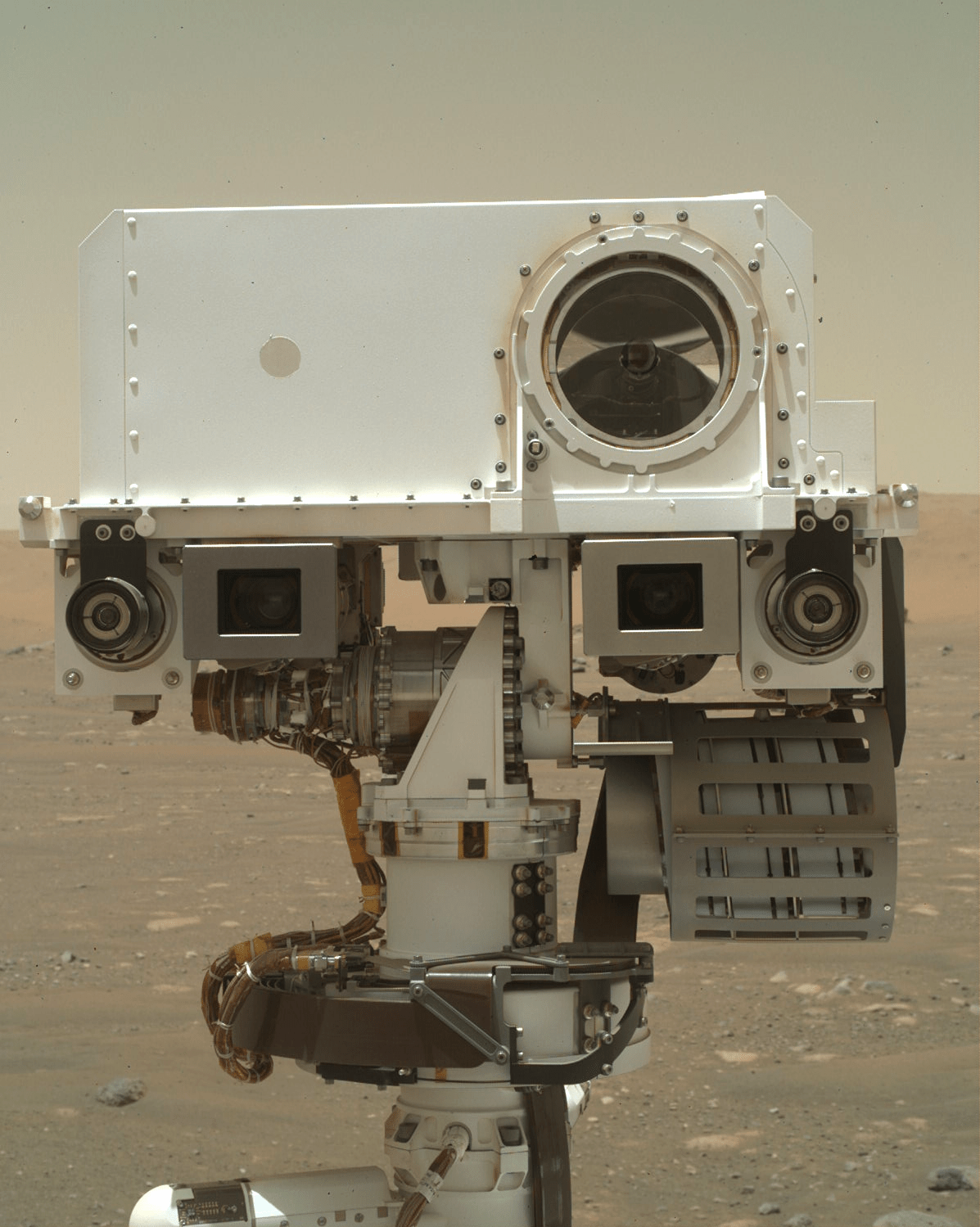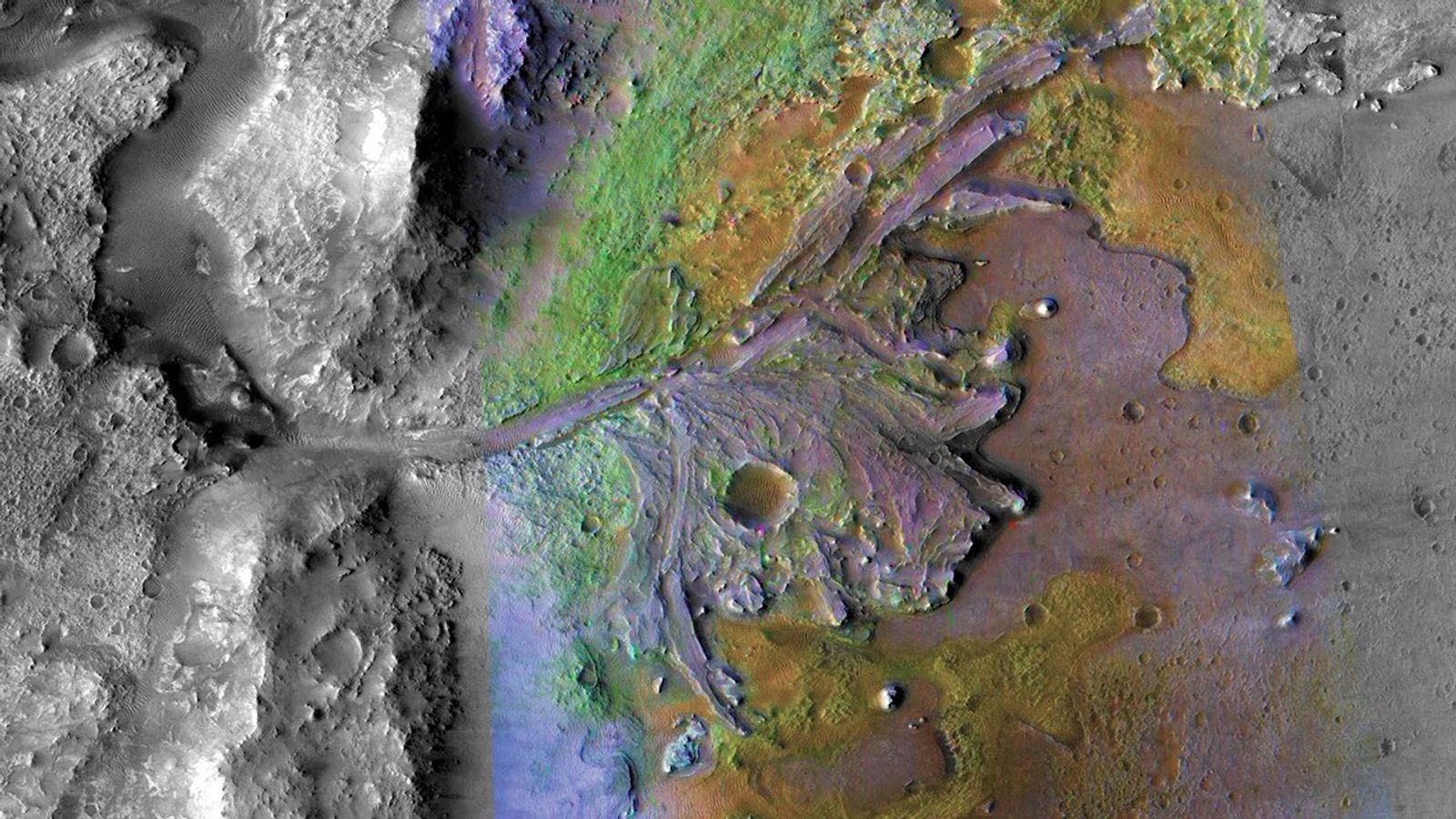I arrived in Pasadena at about 10 PM last night, and went straight to
JPL to catch up with the MSL team and start my transition to Mars
time. My next shift starts at 9:15 PM tonight. I walked in during a
science team meeting regarding "data management" which sounds boring
but is very important to the team. In addition to the rover
computer's ability to adjust the priority of various data products to
be sent to Earth, each of the color cameras includes an 8 gigabyte
buffer for storing raw images. So we can acquire panoramic mosaics of
many images and return only small "thumbnail" versions of each image
while storing the full-resolution images in the camera buffer. Once
we have looked at the thumbnails, we can return just the full images
of most interest. Obviously this is a nice capability to have, but it
means we have to do more work to keep track of the data onboard the
rover.
I stayed through the end of the SOWG meeting, and left JPL around 3 AM
this morning. On my way out, I talked with Roger Wiens, the PI of
ChemCam. His instrument has been working well, and he wanted to
discuss the results of the RMI compression testing I mentioned last
week. We were both too tired to have the conversation then, and
agreed to talk later. But I summarized my conclusion that, while the
test data in hand are useful in determining the optimum compression
parameters, more test data are needed. Meanwhile, the focus of
near-term rover activities will be checkout of the arm .
Written by Ken Herkenhoff, Planetary Geologist at USGS Astrogeology Science Center

